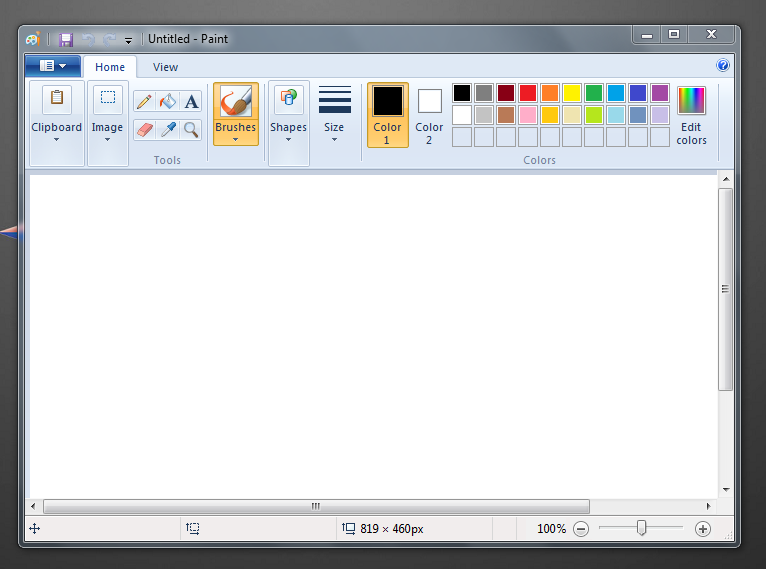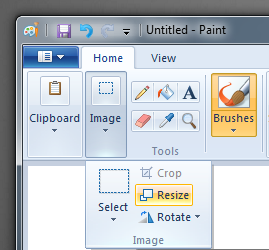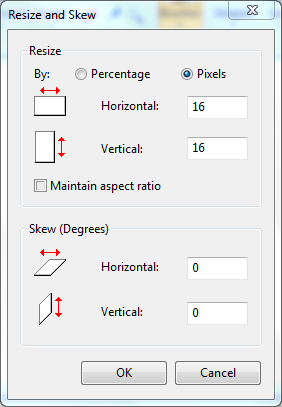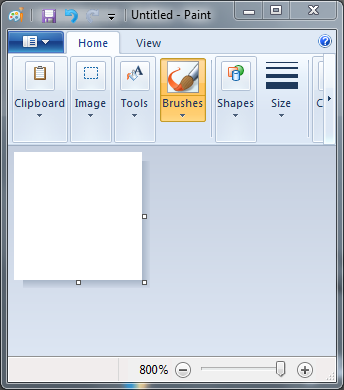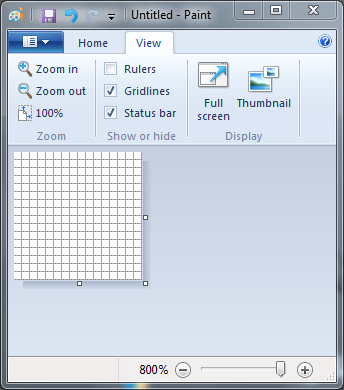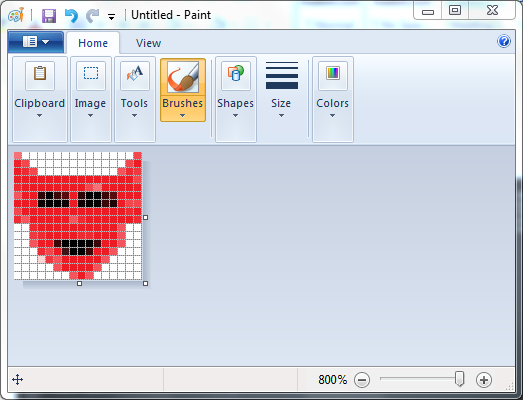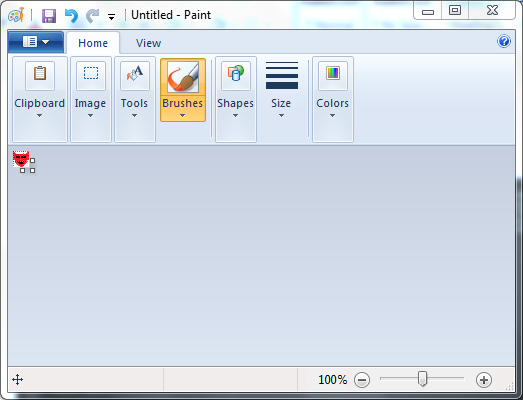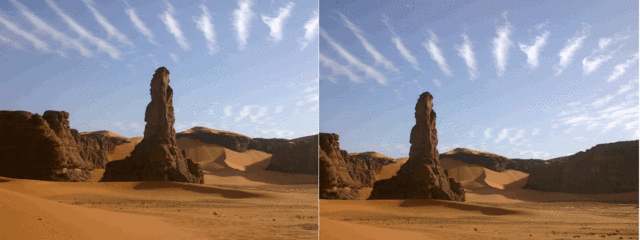National Digital Learning Week, #digilearnscot, is running from 16th to 20th May 2016:
Explore the benefits digital learning and teaching can bring to every level of the learner journey. Share your stories of how you’ve been using digital to support, enhance and improve classroom practice. Inspire others and be inspired.
Here on Glow blogs we are hoping to have some digital fun during the week.
This site will:
- Aggregate blog posts about National Digital Learning Week from around Scotland
- Provide some digital challenges for you to blog about.
What You Do
Sign Up
You need a publicly available blog, this can be a Glow blogs but other public blogs will work too.
Before you sign up you need to make a post on your blog with the category #dlw16
More information about signing up on the Sign Up page.
Create Posts
You can blog about any of your Digital Learning Week activities, and/or you can write posts in response to any of our challenges.
What Happens
When you write your posts they are syndicated onto this blog. They will show up on the Posts page.
This means that people can see lots of activity in the same place. Hopefully we will be able to use this to comment on each others posts. If you click on a post here you will be taken to the original blog to comment.



